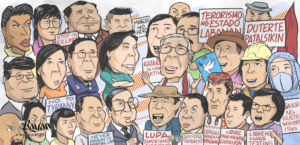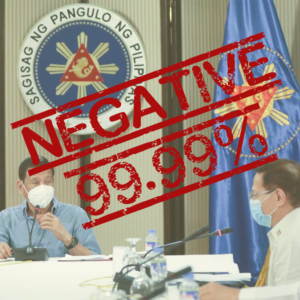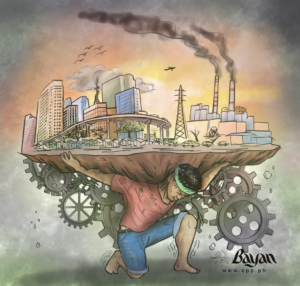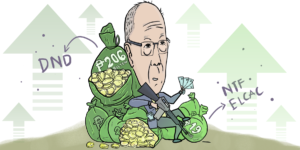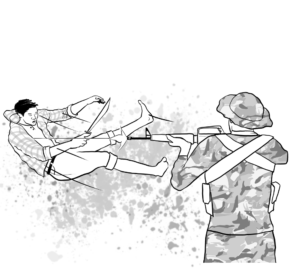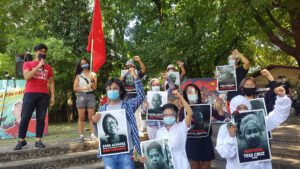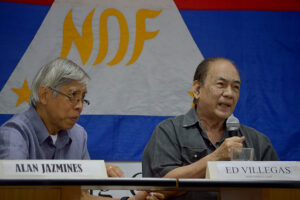The Marcos borrowing binge is being replicated by Duterte

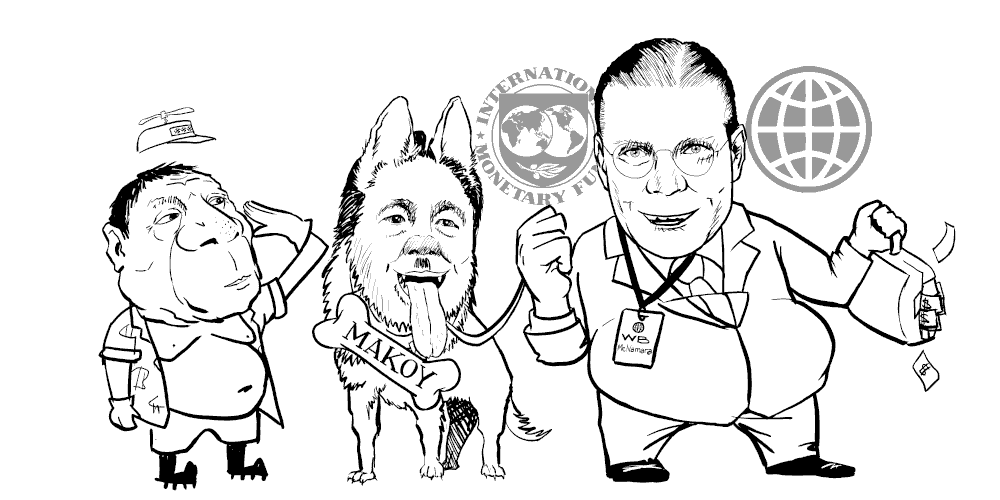
Third part of the series on the Duterte regime’s borrowing binge. Read the first part, “Pandemic borrowing binge,” in Ang Bayan, August 21, 2020; second part, “Predicament to be caused by Duterte’s borrowing spree,” Ang Bayan, September 7, 2020.
Much like Duterte today, the late dictator Ferdinand Marcos colluded with imperialist financial institutions to fund his grandiose infrastructure program purportedly to spur economic growth in the country.
Marcos borrowed heavily from the US-controlled International Monetary Fund (IMF) and World Bank (WB) to fund 61 of these projects. These included the notorious Bataan Nuclear Power Plant and many other projects that turned out to be white elephants and provided Marcos and his cronies huge kickbacks.
Upon declaring martial law, Marcos liberalized borrowing and made policy adjustments in compliance with IMF-WB conditionalities. He immediately removed the ceiling on public borrowing dismantling the debt margin which was initially pegged at $1 billion with an annual ceiling of just $250 million. Within eight years (1973-1981), Marcos accumulated $2.6 billion in loans from the WB alone. By 1980, the Philippines became the WB’s 8th top recipient of loans among 113 poor countries. Simultaneously, loans from foreign private banks also ballooned from just $2 billion in 1972 to $24.5 billion in 1983. All in all, Philippine foreign debt skyrocketed from just $600 million in 1965 to more than $26 billion in 1986.
By 1980, the Philippines became the top recipient in Asia and 2nd in the world for structural adjustment loans (SALs). These loans came with conditionalities including tariff cuts, removal of import licenses and quantitative restrictions, additional taxes, privatization of public assets, deregulation, labor-export, wage cuts and many other anti-people and market-oriented reforms. These neoliberal measures will later be come to be known as the Washington Consensus.
The SALs incurred from 1980 to 1984 totaling to more than $500 million were accompanied by policy conditions which mark the beginning of decades of Philippine neoliberal restructuring. Among others, average tariff protection was significantly cut from 43% in 1981 to just 28% in 1985 resulting in bankruptcies among local enterprises leading to massive job losses.
Contrary to attempts at historical revisionism which conjure the illusion of “golden years” under the US-Marcos dictatorship, the economy actually collapsed during martial law. By 1985, the unemployment rate reached 12.6% from just 3.9% in 1975. Prices of basic goods and services also dramatically increased as the inflation rate soared to nearly 30% in 1985 from 6.8% in 1975.
Despite the nominal restoration of democracy after the dictator was ousted in 1986, all succeeding regimes, including the incumbent Duterte regime continue to uphold and implement IMF-WB-imposed neoliberal reforms.

